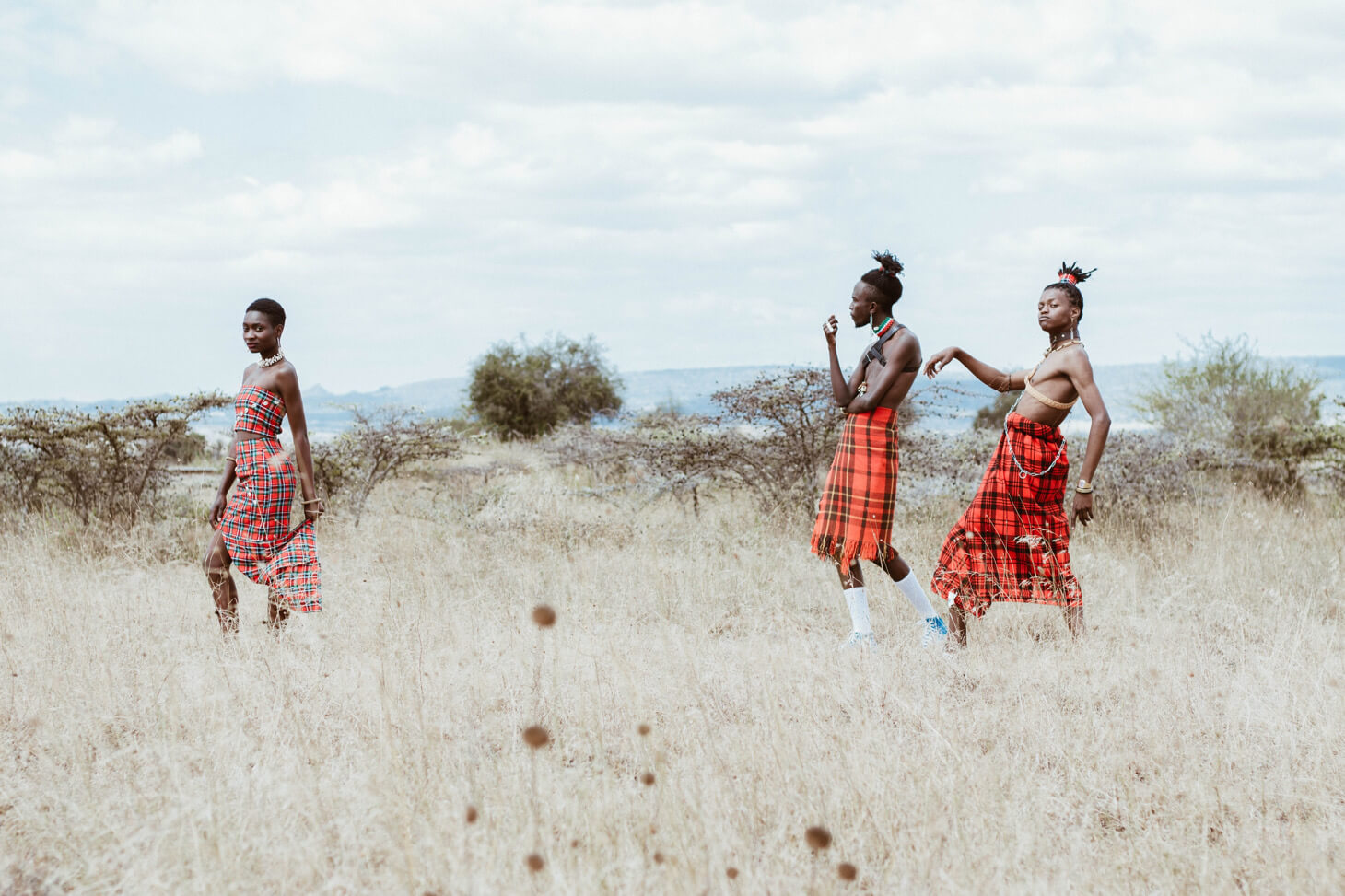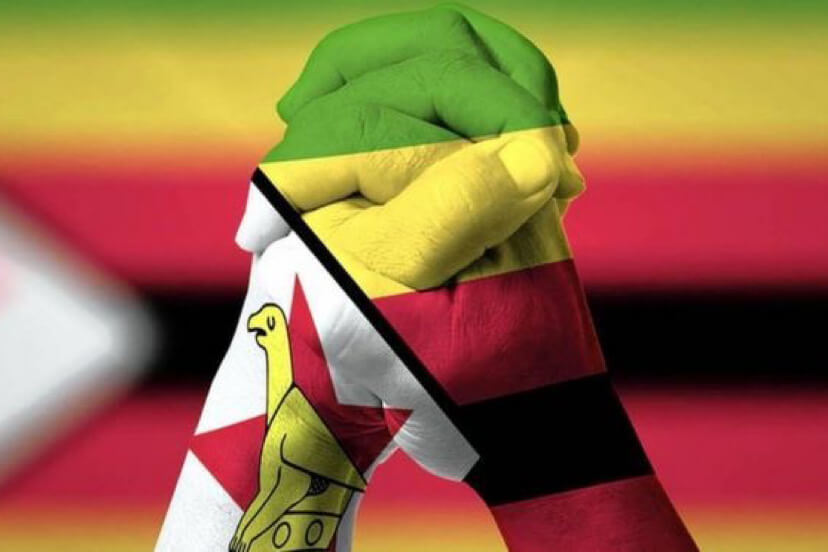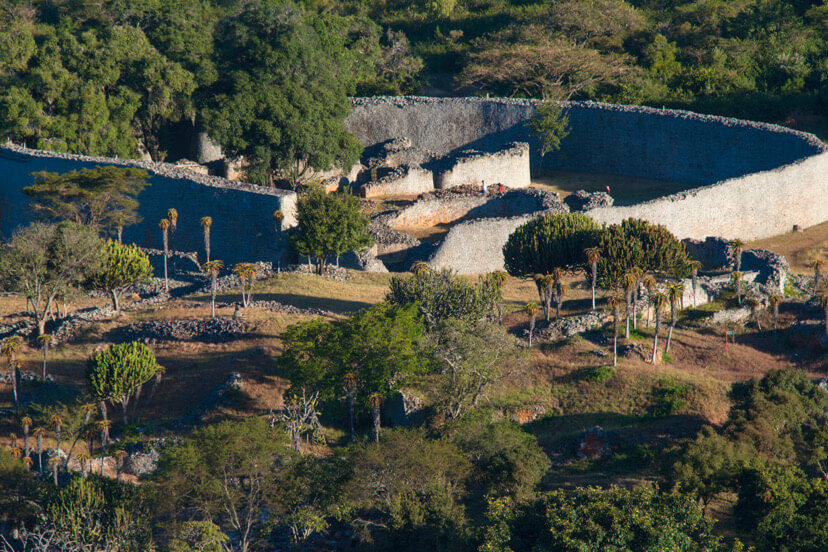A poet, an activist and fictional writer from Uganda. From literature, I derive expression. Literature opened and widened my imagination, gave me the courage to paint my world the way I desire by writing.
Africa is the second largest and the 2nd most populous continent in the world, retaining a whole 16% of the entire world population. Africa as a continent is gifted with exhilarating sceneries, bounteous and rich wildlife, Africa’s biggest export however is its culture, a culture so diversified, mainly because while many might be blind to it, Africa is bigger than one language or tribe.
People outside Africa tend to cling onto beliefs that Africa is one country in a continent, with people speaking the same native language and having the same beliefs. The media does little to help, as it portrays Africa as a dirty continent, with more tropical forests than cities, filled with war and starvation, and people dancing around a fire in some voodoo calling onto their ancestors. How about we change that. African culture is expressed in language, music, art and crafts, food and nutrition, and clothing.
Language
Africa as a continent is endowed with over 3000 tribes. Different tribes spell different languages so there’s over 1250-3000 native languages spoken on the beautiful continent. Quite a number yeah? Most languages spoken in Africa belong to one of three large language families: Afro-asiatic, Nilo-Saharan and Niger–Congo.
Afro-asiatic languages are spoken throughout North Africa and the Horn of Africa. There are approximately 375 Afro-asiatic languages spoken by over 400 million people. The main subfamilies of Afro-asiatic are Berber, Chadic, Cushitic, Omotic, Egyptian and Semitic.
Some of the better known Nilo-Saharan languages are Kanuri, Fur, Songhay, Nobiin and the widespread Nilotic family, which includes the Luo, Dinka and Maasai. The Nilo-Saharan languages are tonal and stretch from the Nile Valley to Northern Tanzania.

The Niger–Congo languages constitute the largest language family spoken in West and Eastern Africa. A major branch of Niger–Congo languages is the Bantu phylum, common throughout East Africa. The common ethnic groups in west and eastern Africa are the Nilotes and Bantu. The Nilotes occupy parts of Kenya, northern Uganda, Tanzania and DR Congo. With a variety of tribes within the ethnic group, they speak multiple languages like Luo, Maasai, Turkana, and Acholi. They are a relatively tall, dark and thin group of Africans.
The Bantu are spread all over a large area in central Africa over the great lakes region to some parts of South Africa. It comprises of different tribes speaking distinct languages with a common term “ntu” to mean a person.
However, the effects of colonialism are still evidently present with many or all African countries adopting their colonialists’ languages as their own. Children are also usually given two names, one traditional name and one foreign name. East and South African countries adopted English, many in West Africa adopted French as their official language.
Traditional African languages are therefore fading vastly, with no or few schools having it in their syllabus. The continued desire among African youth to rid themselves of anything African in the hope of keeping up with trends has also favored this. We however need to do better, our roots define us, our roots are African.











{{username}}{{commentConvertedTime}}
{{commentText}}